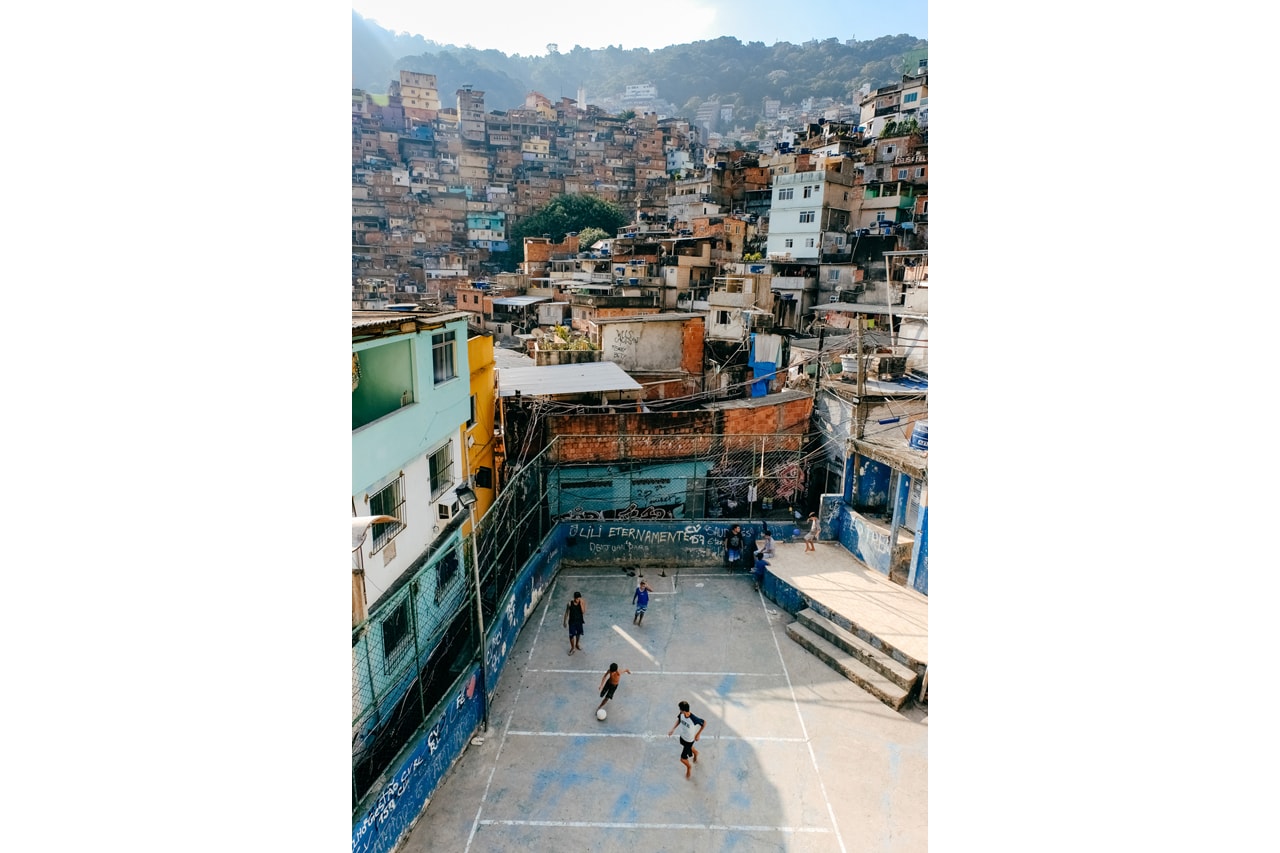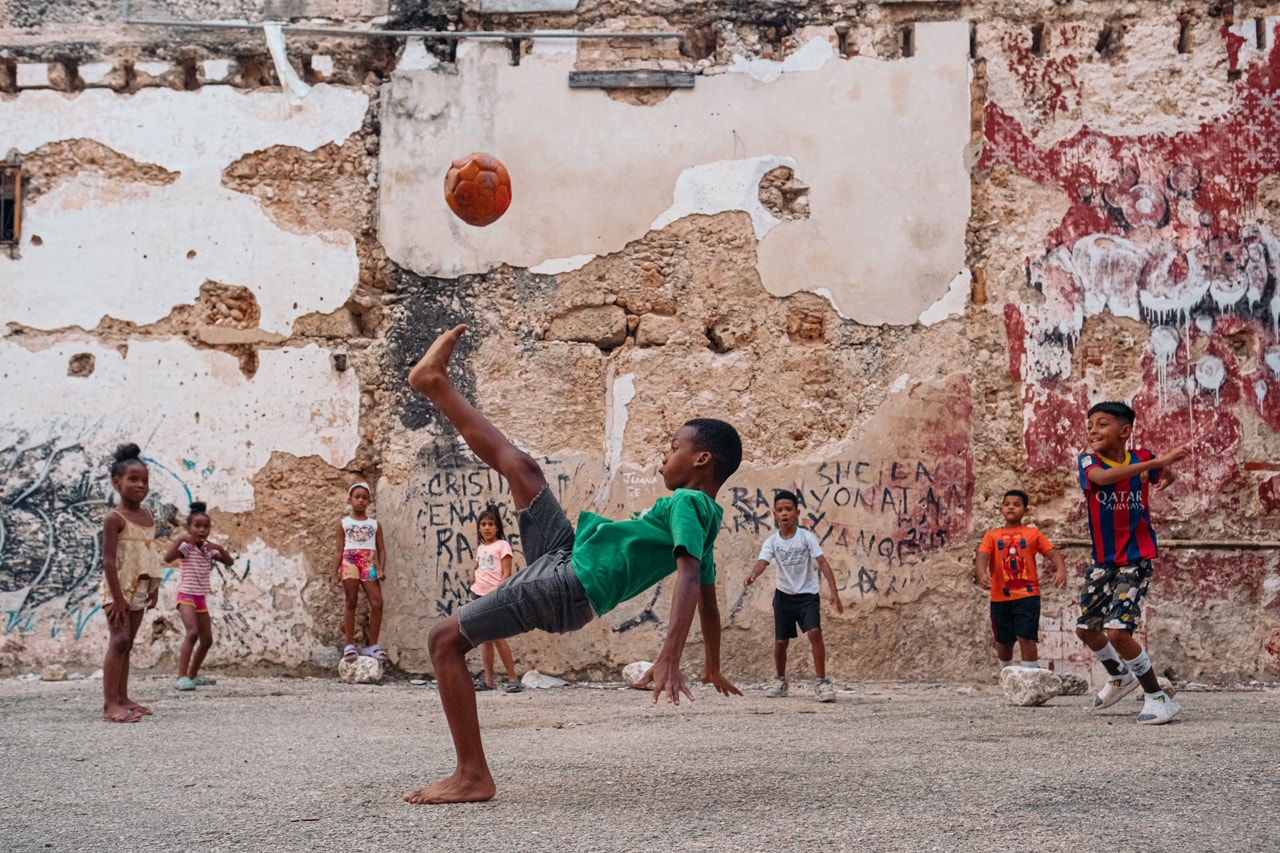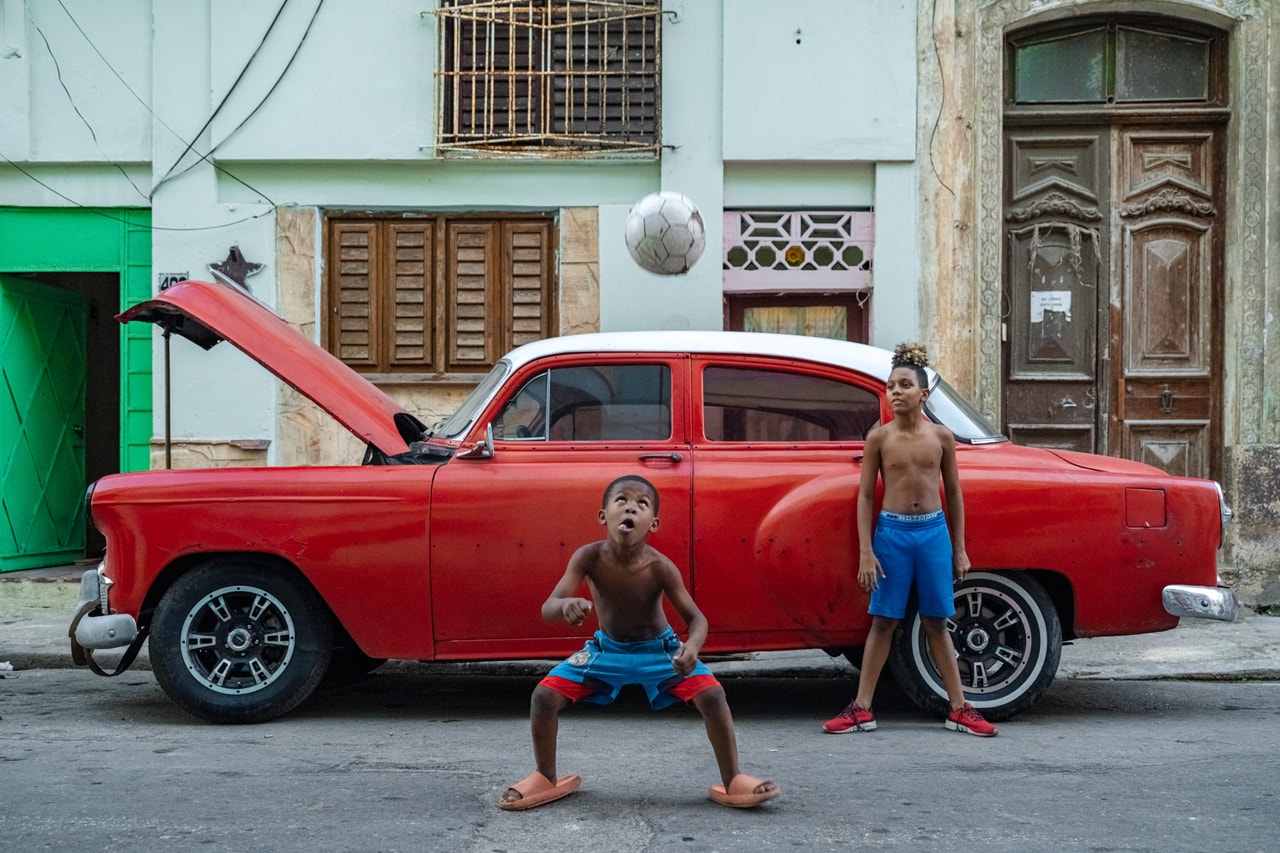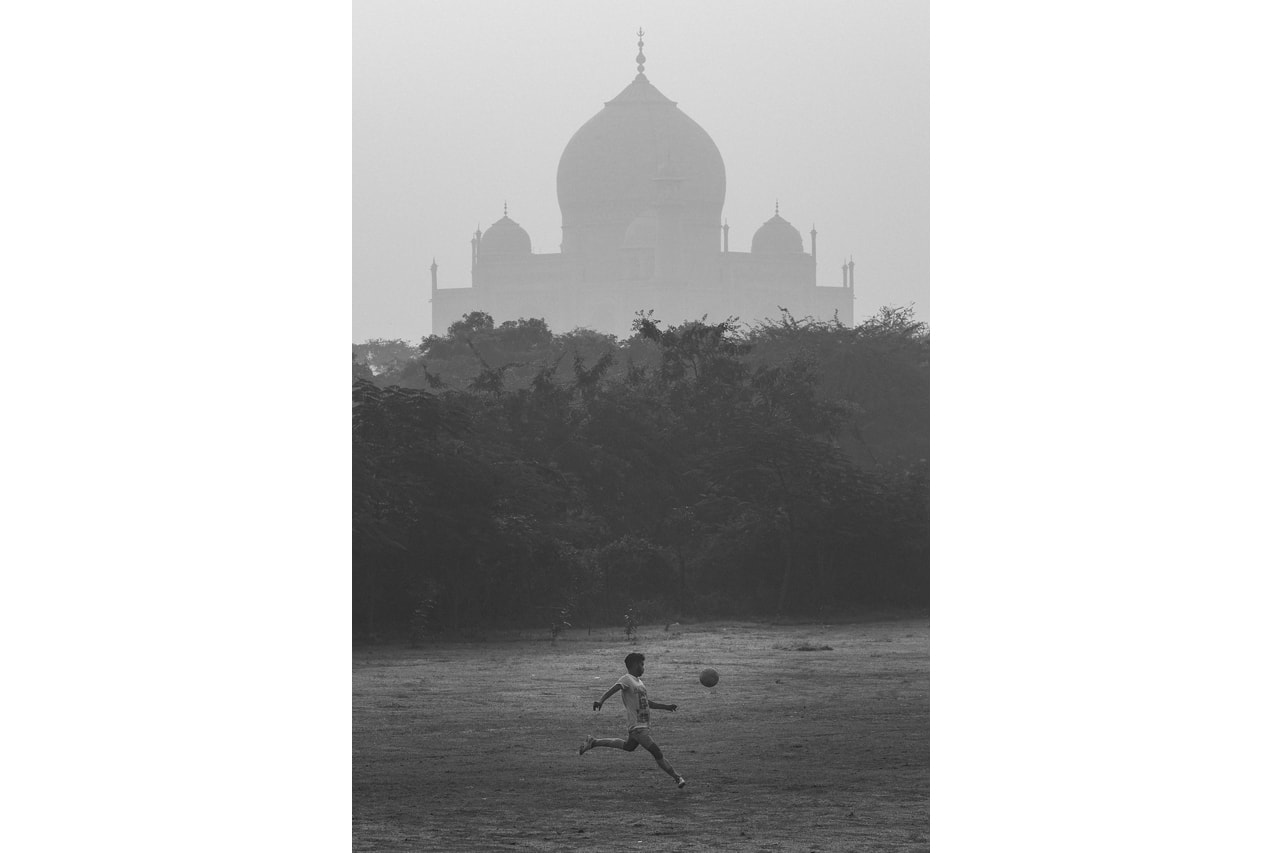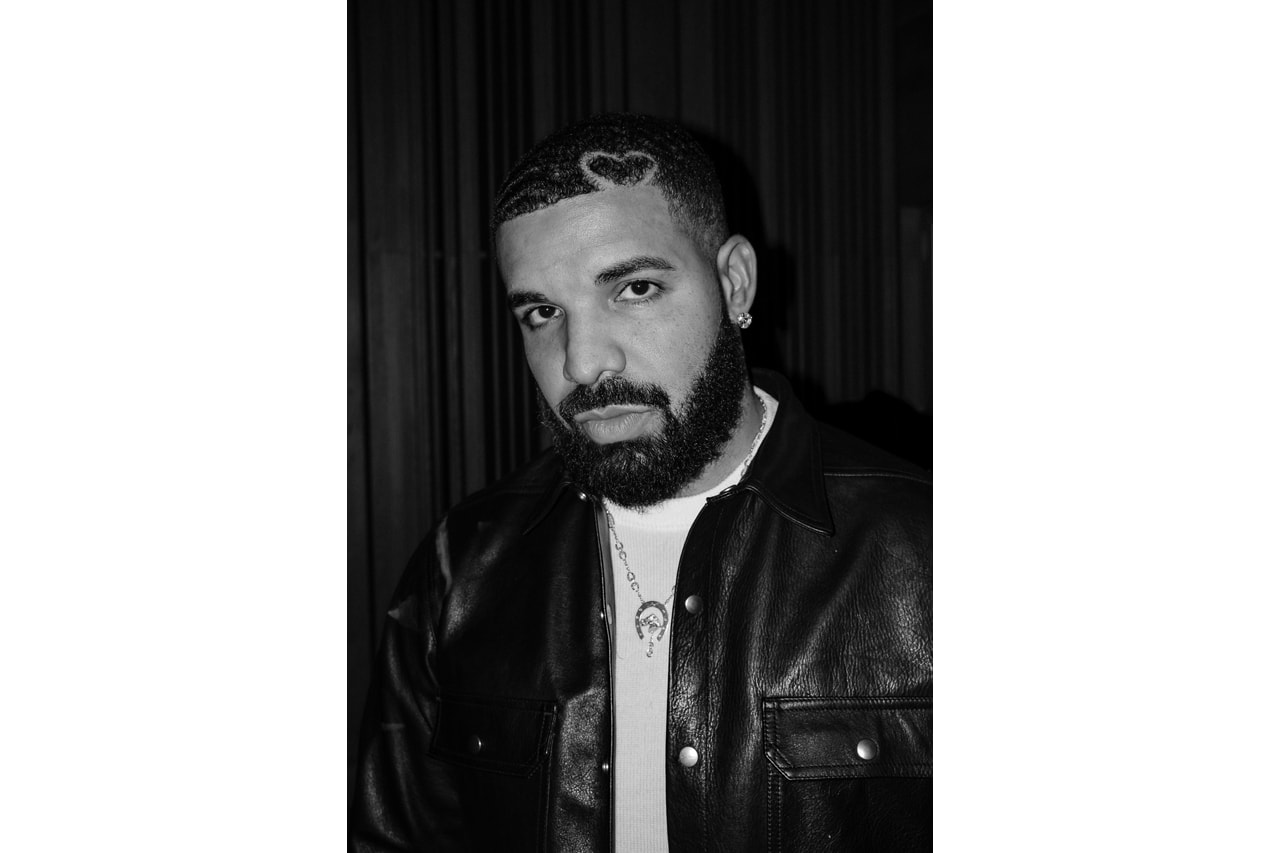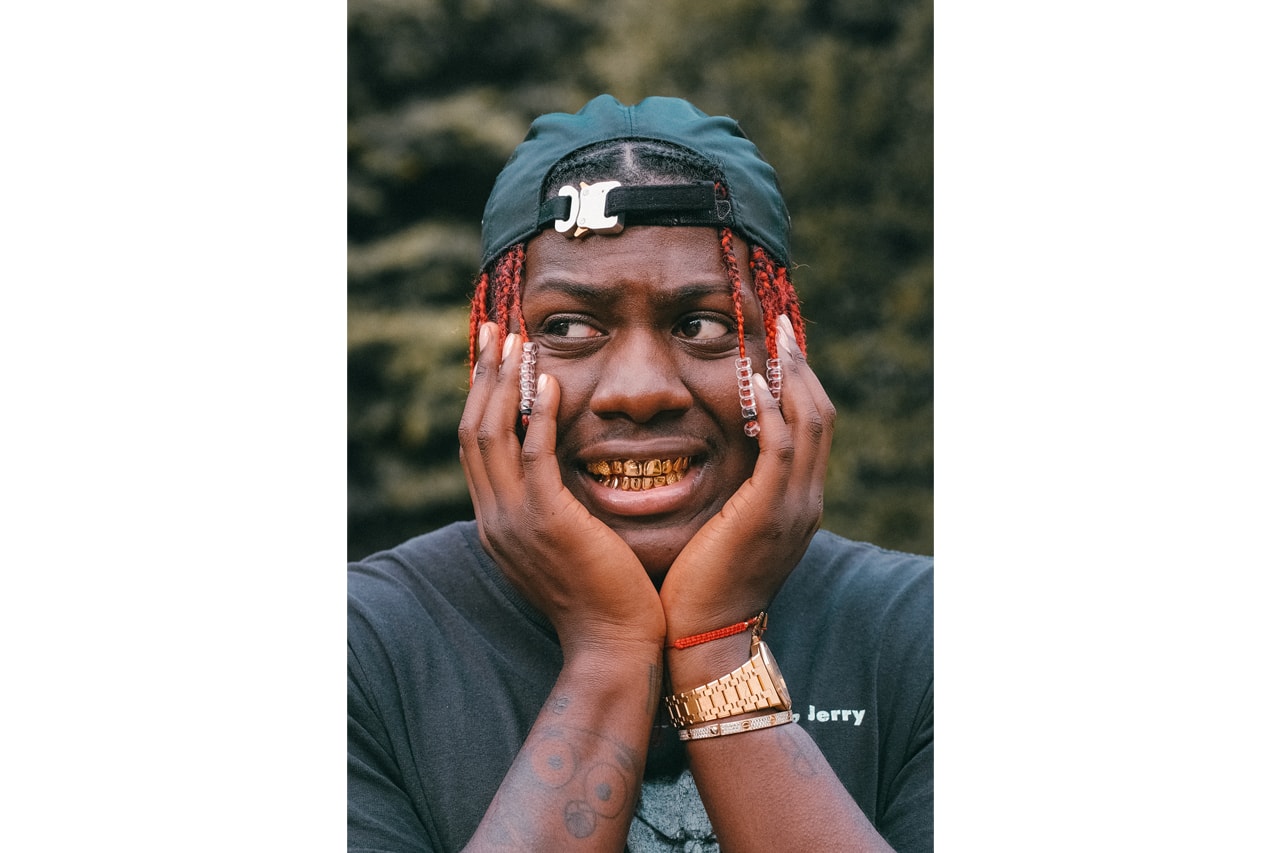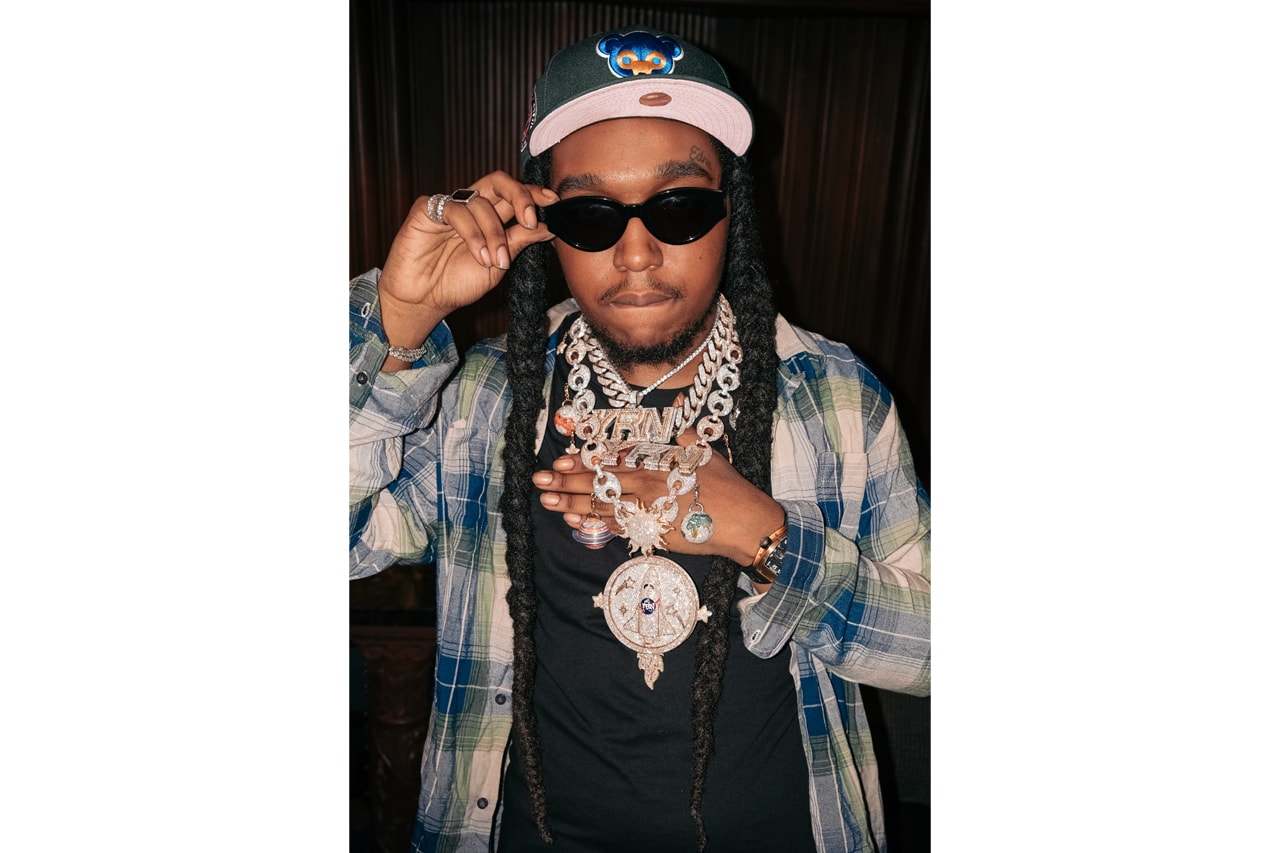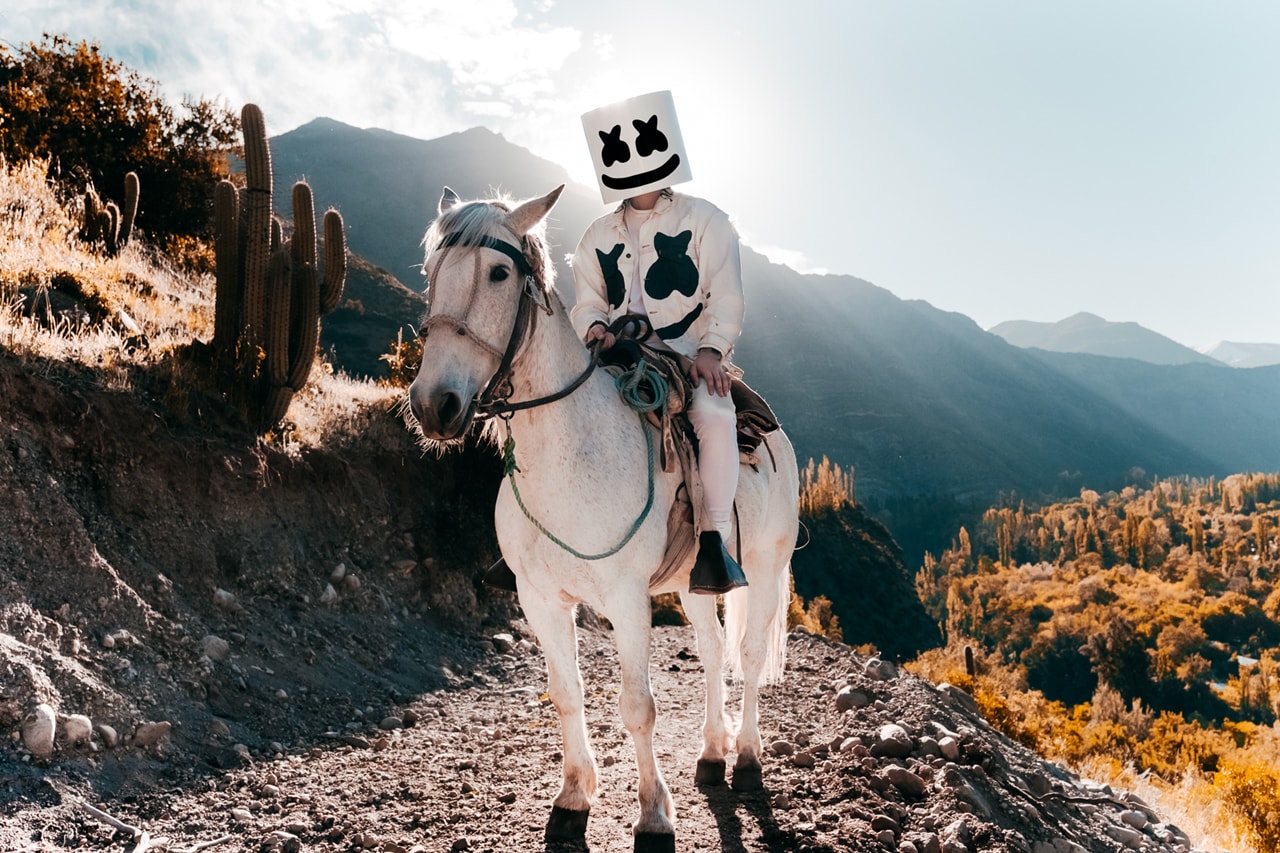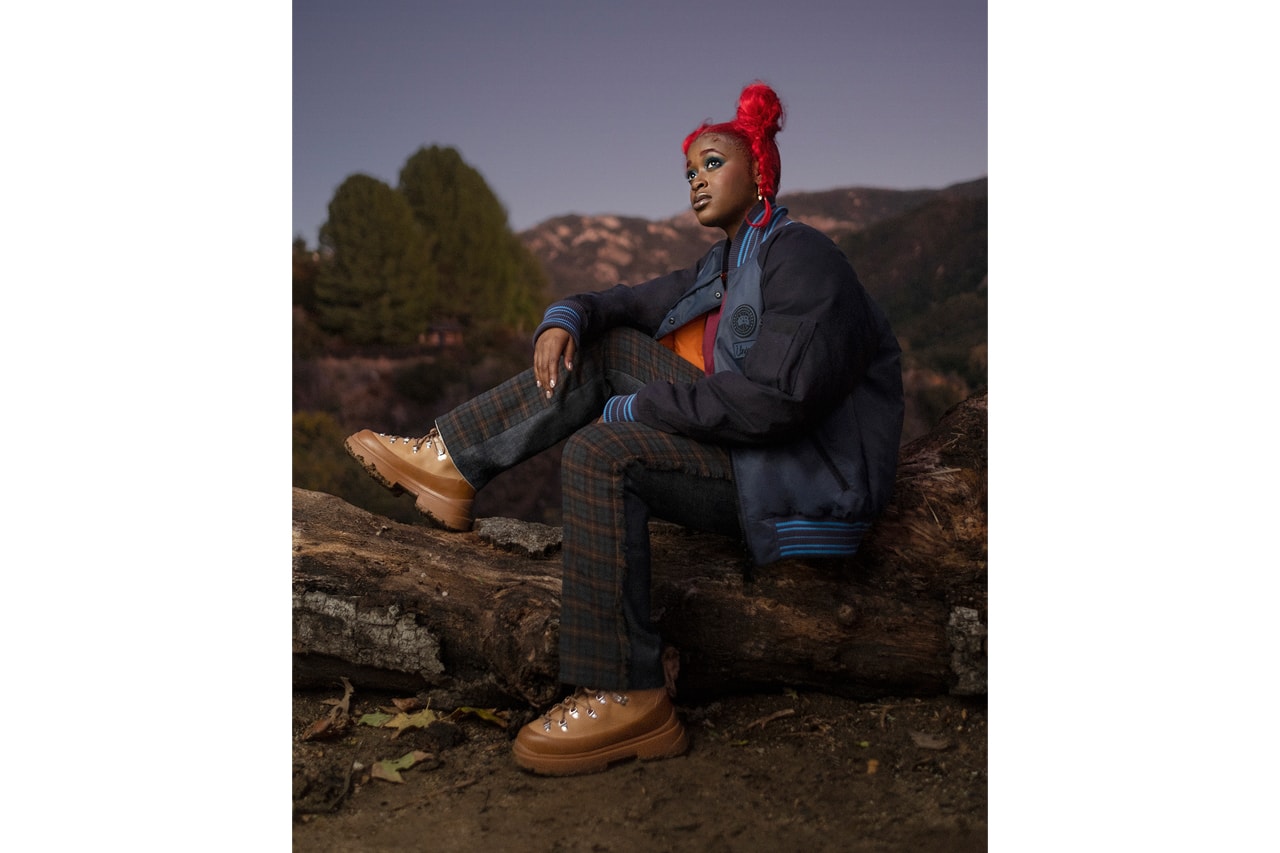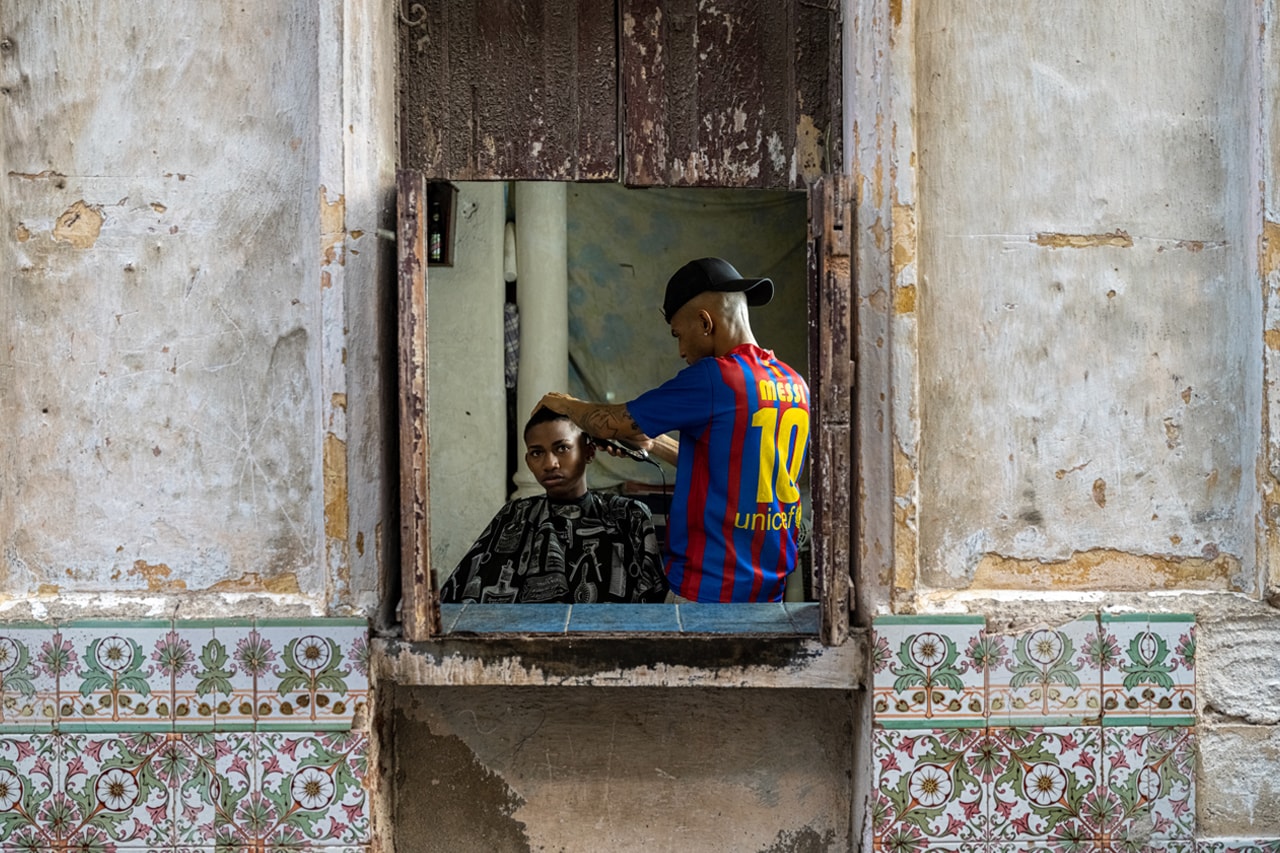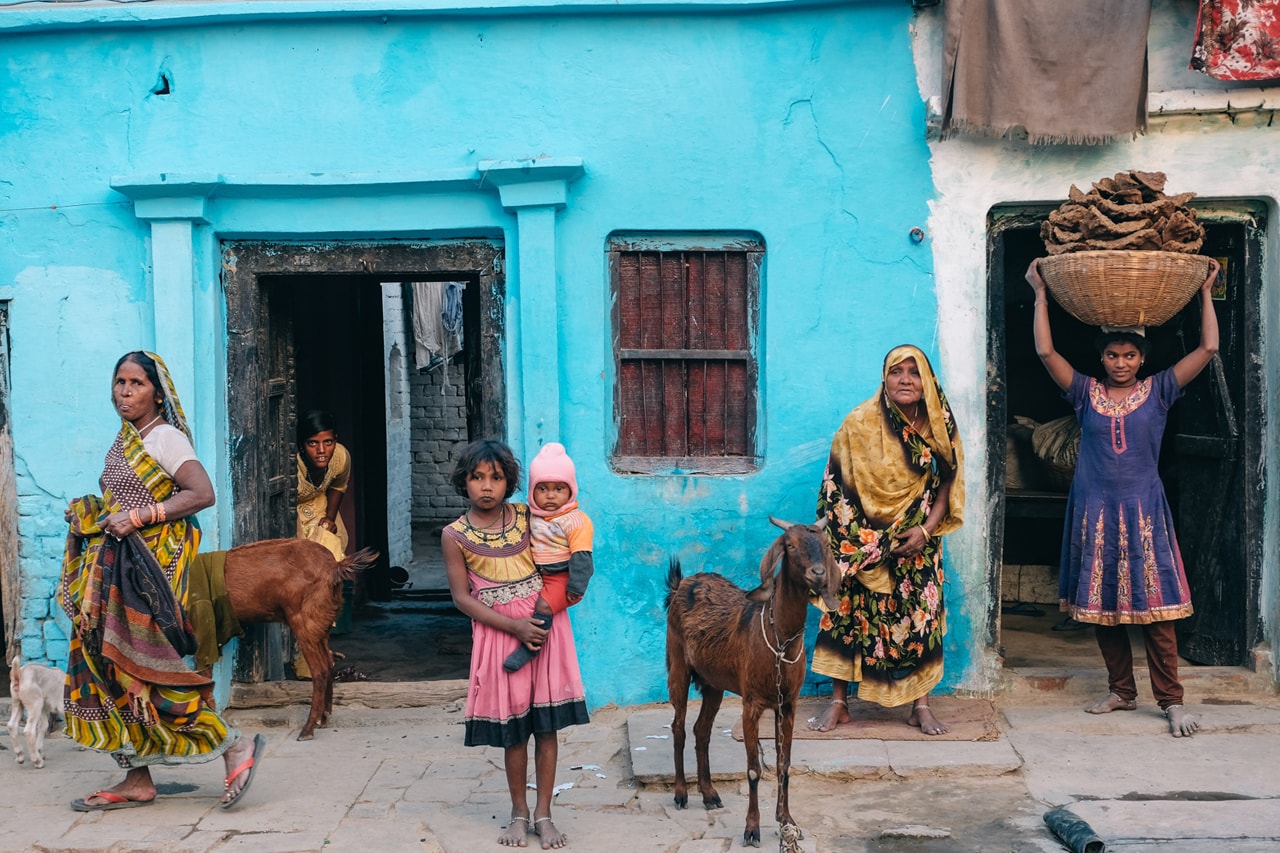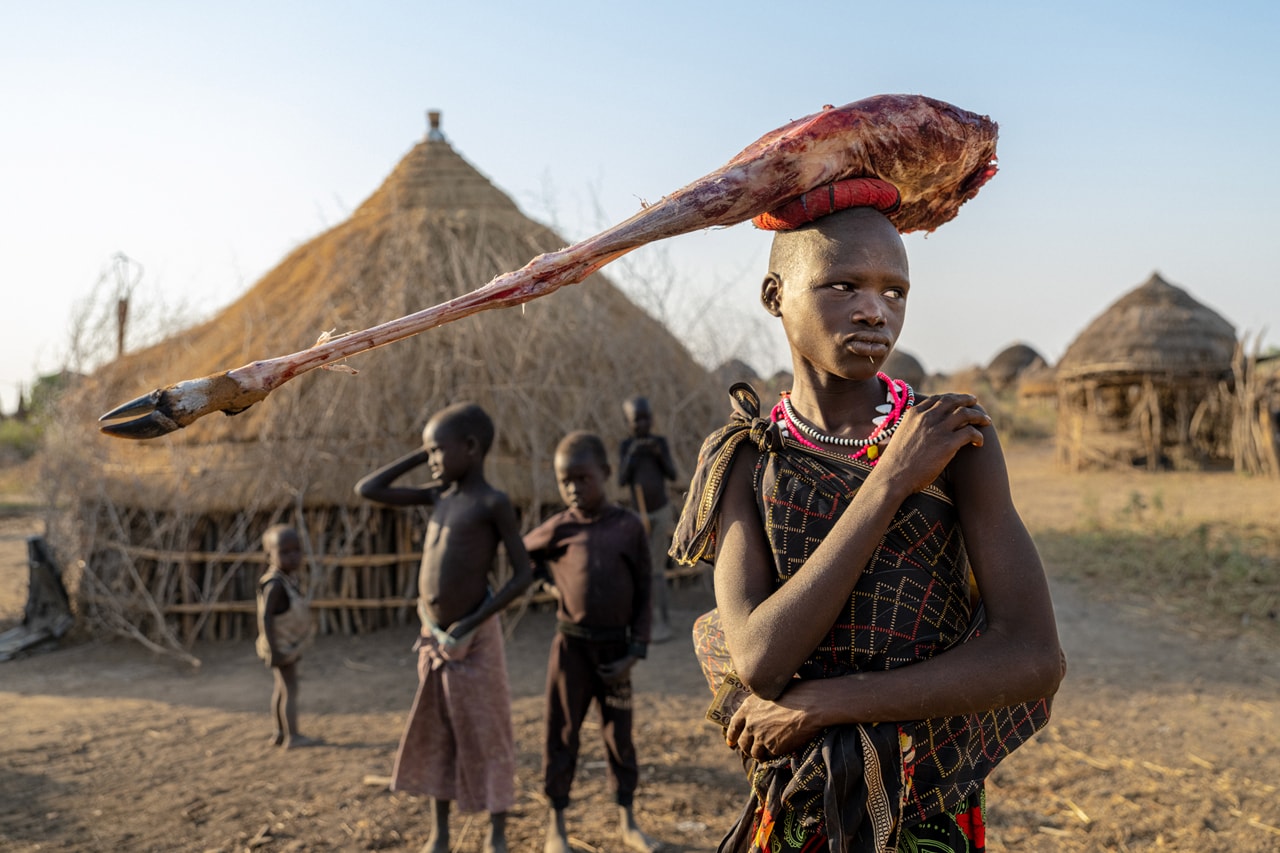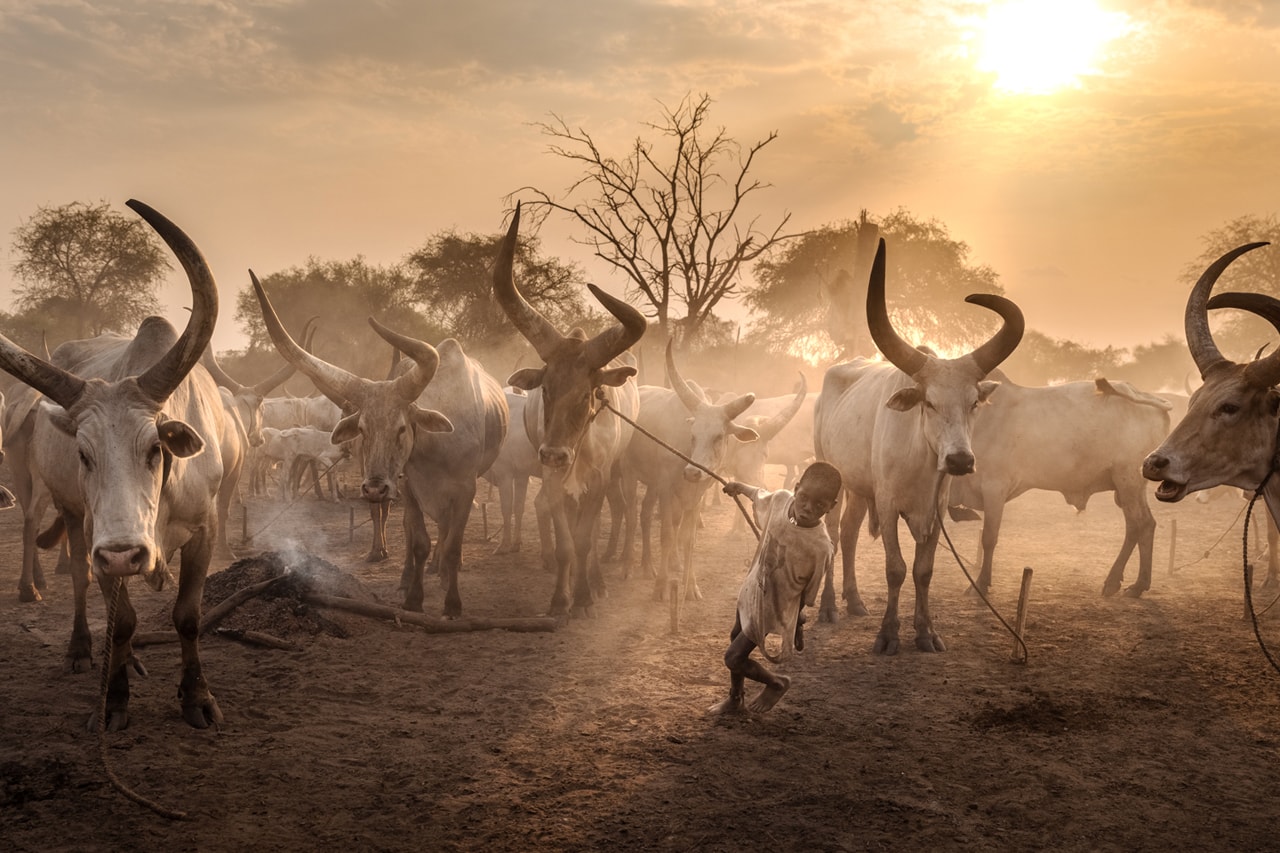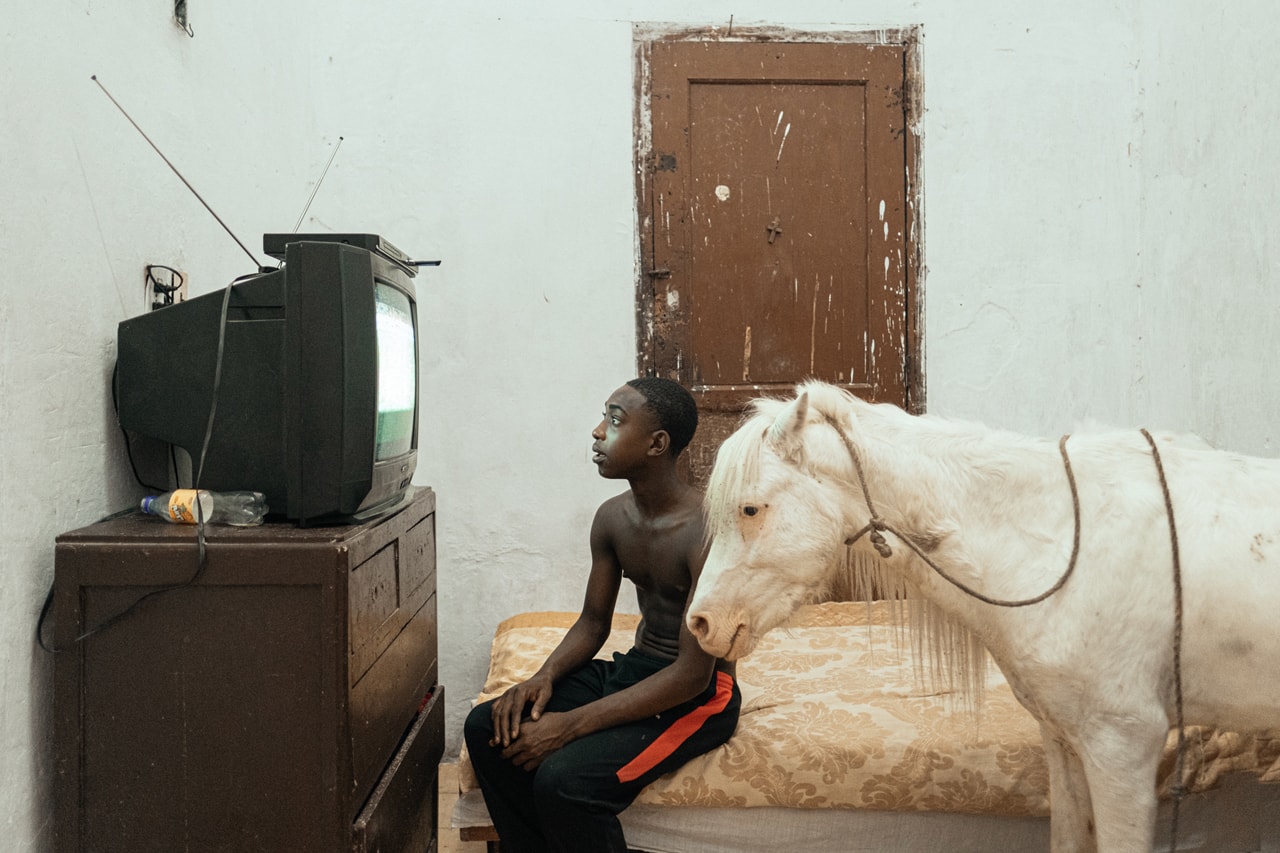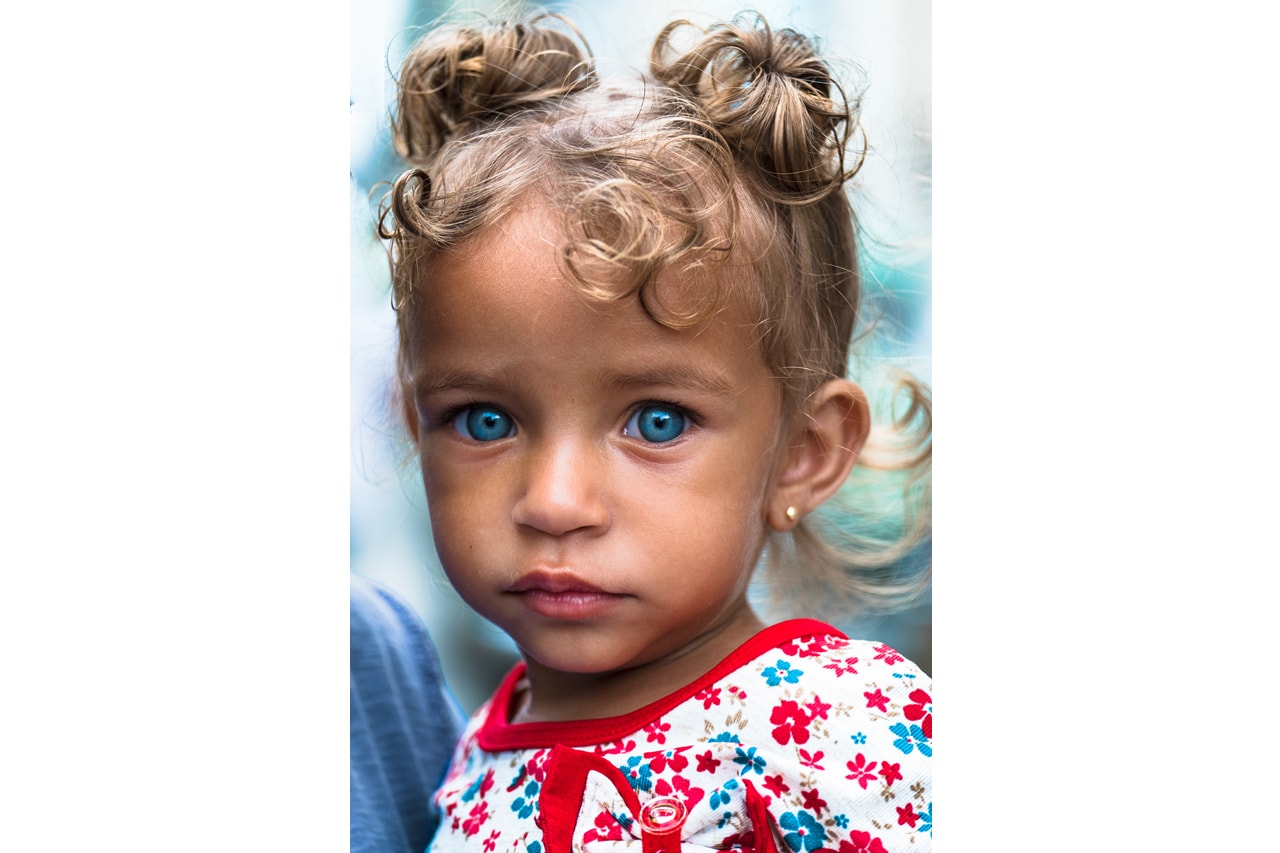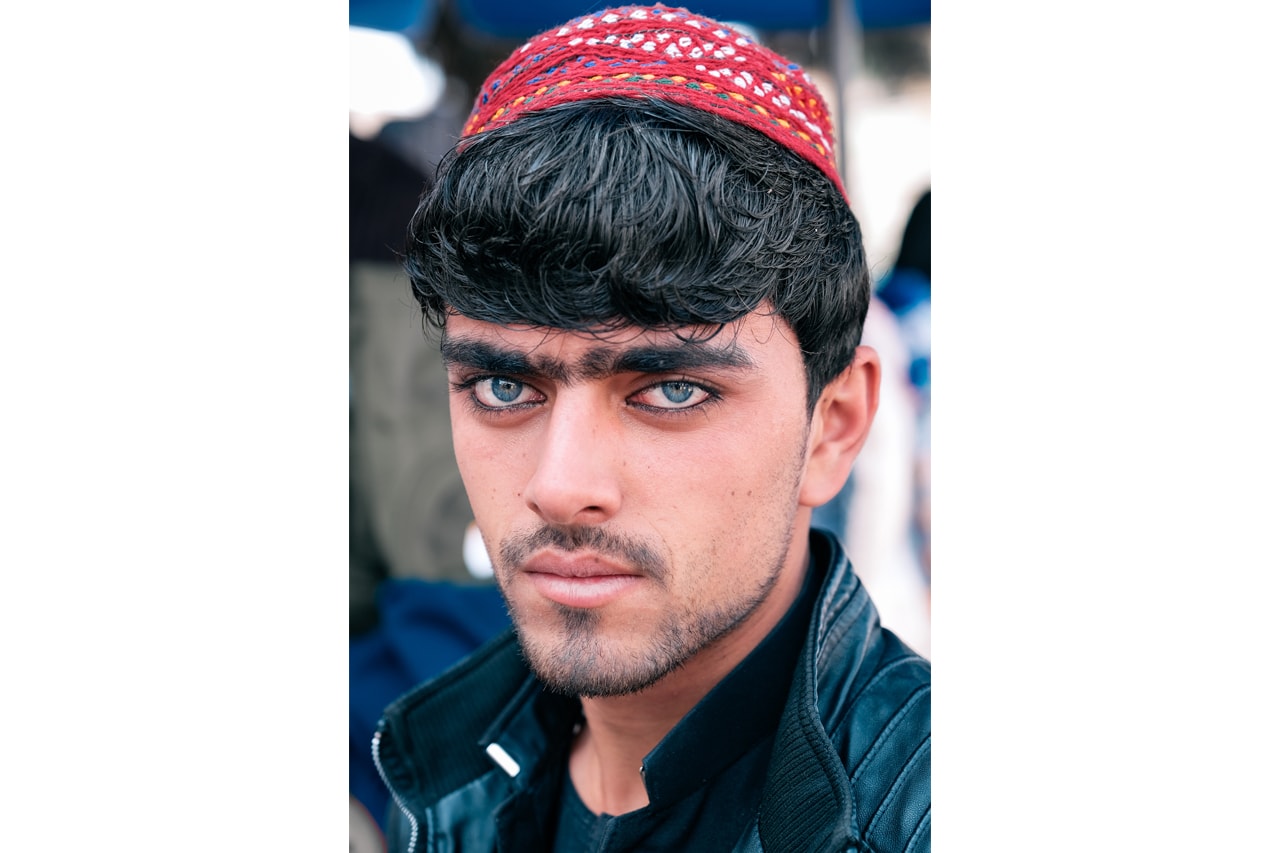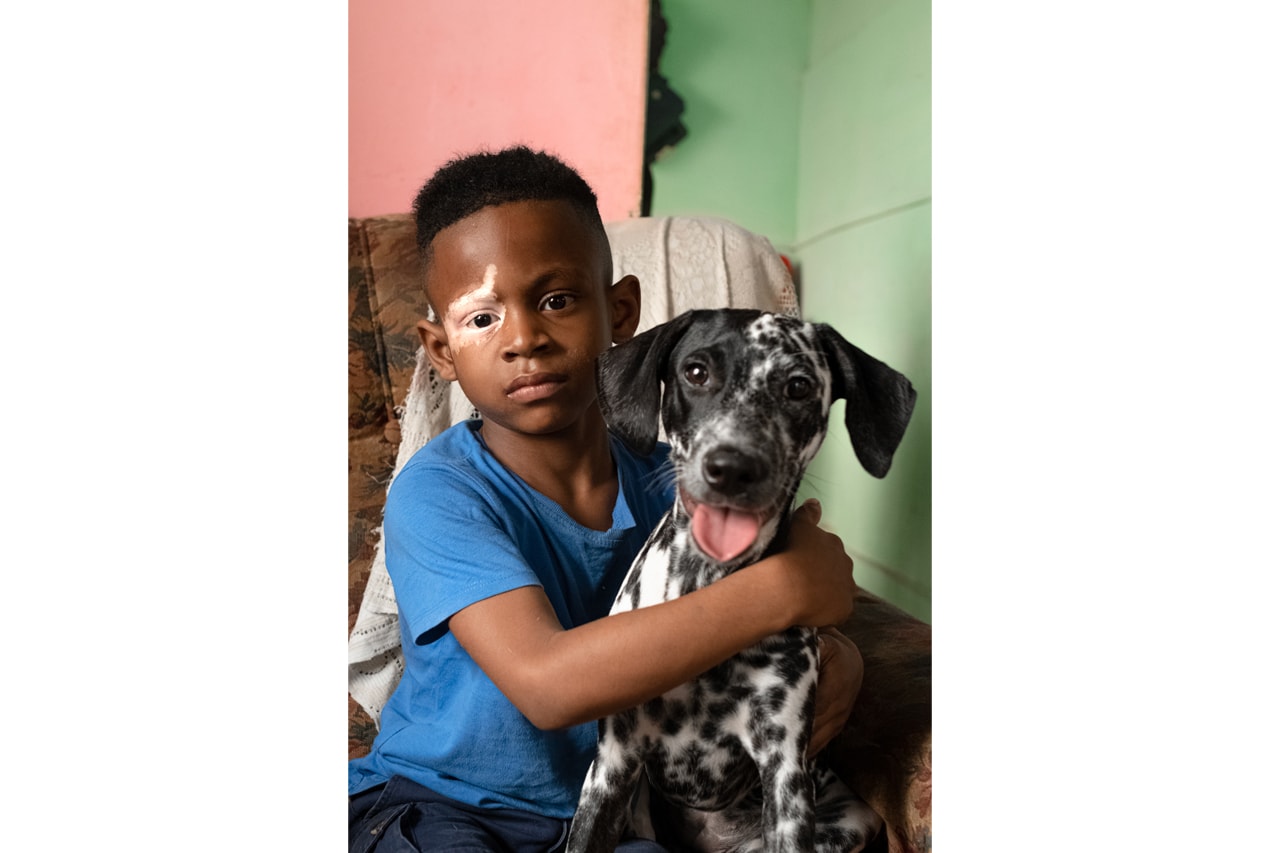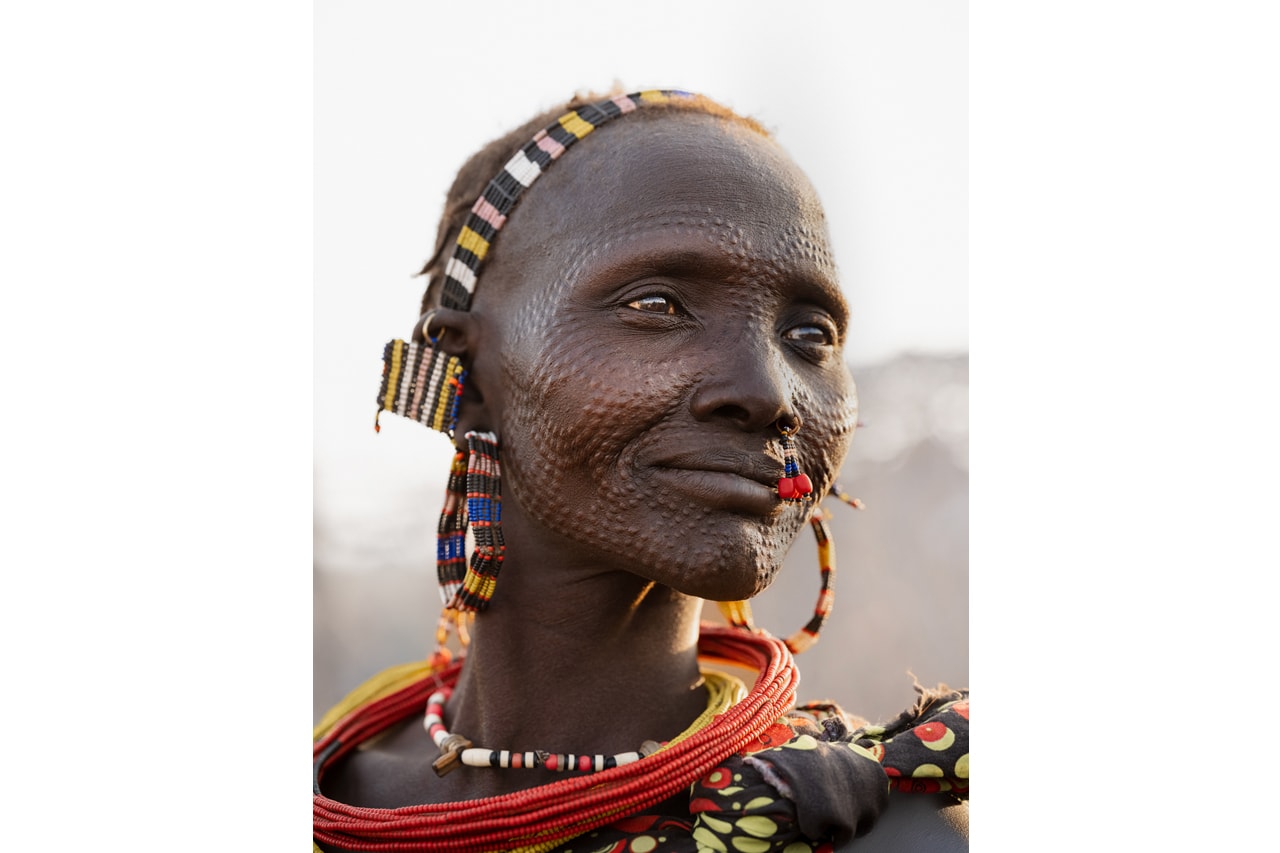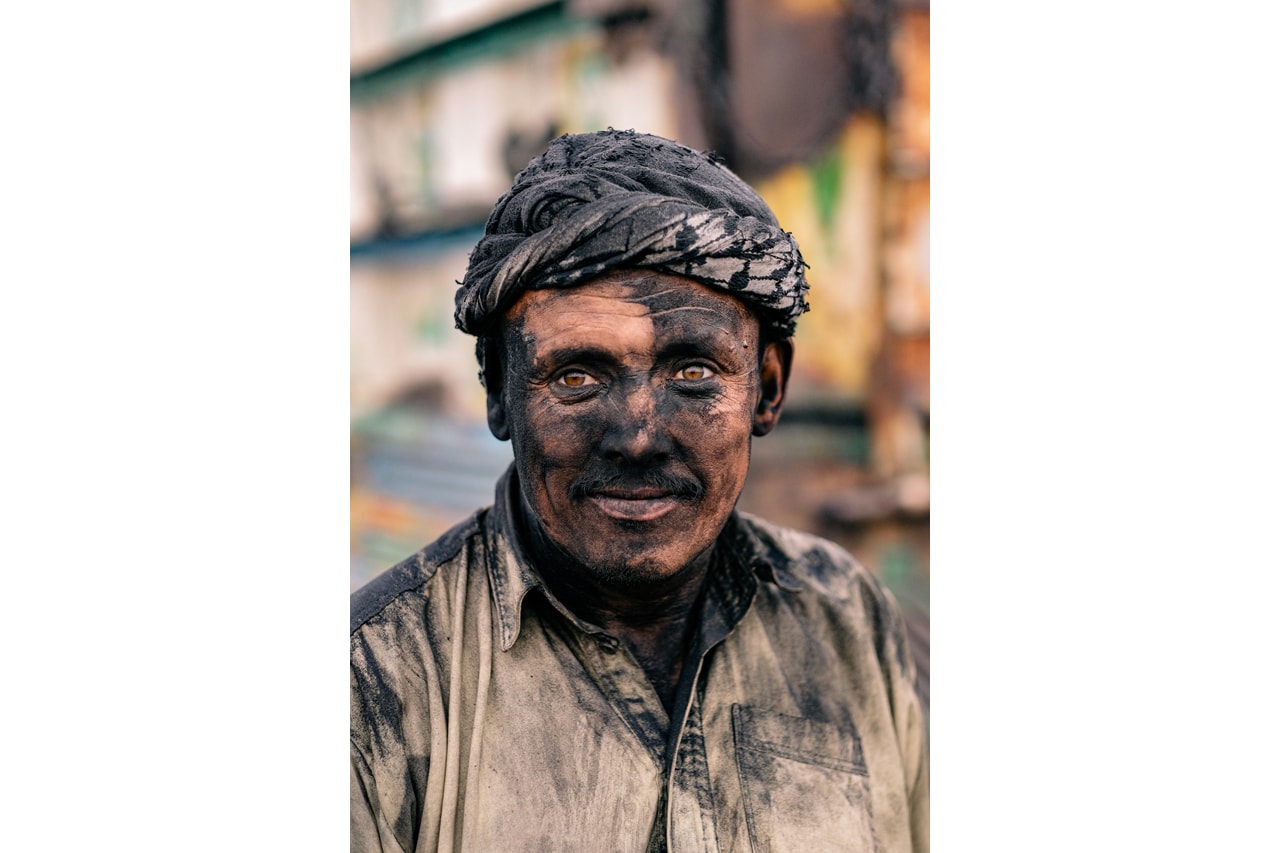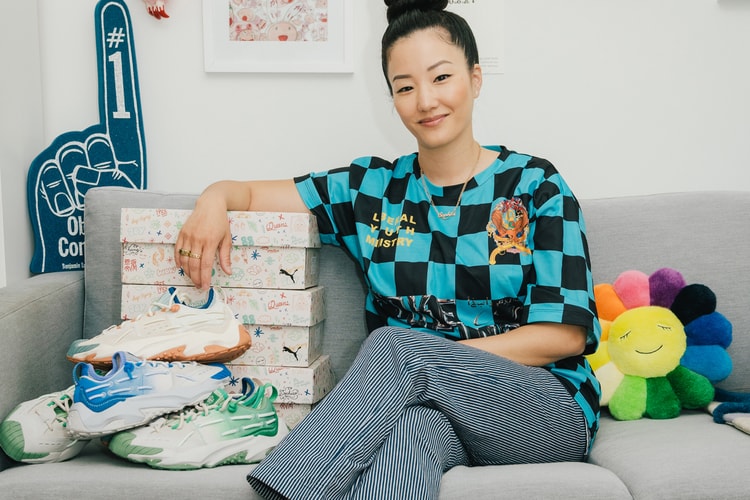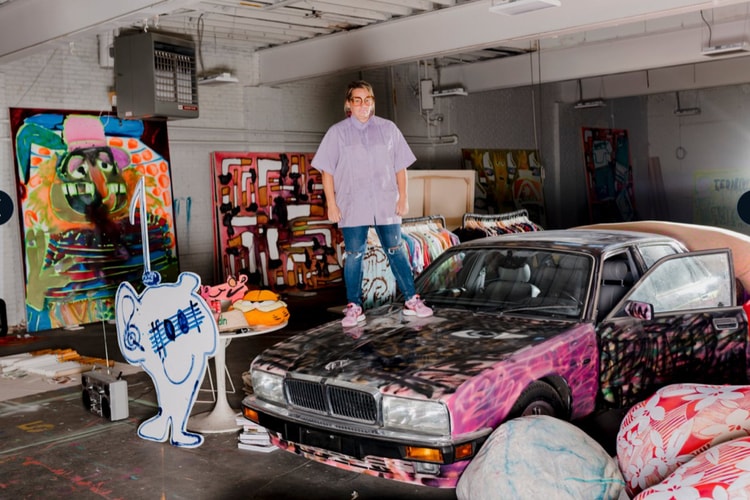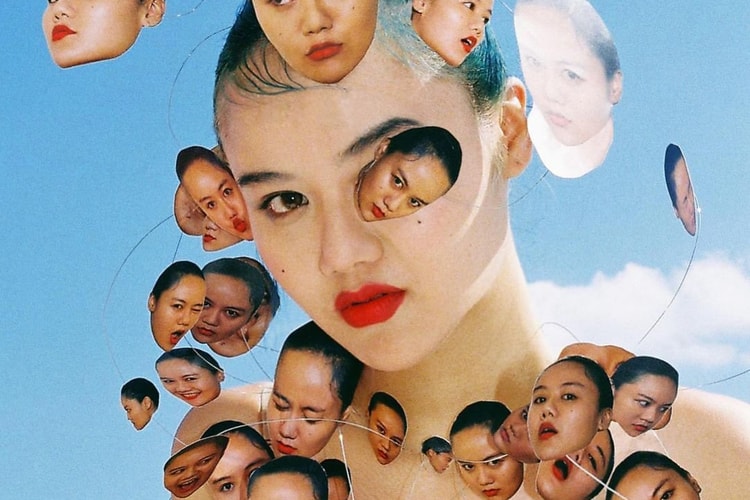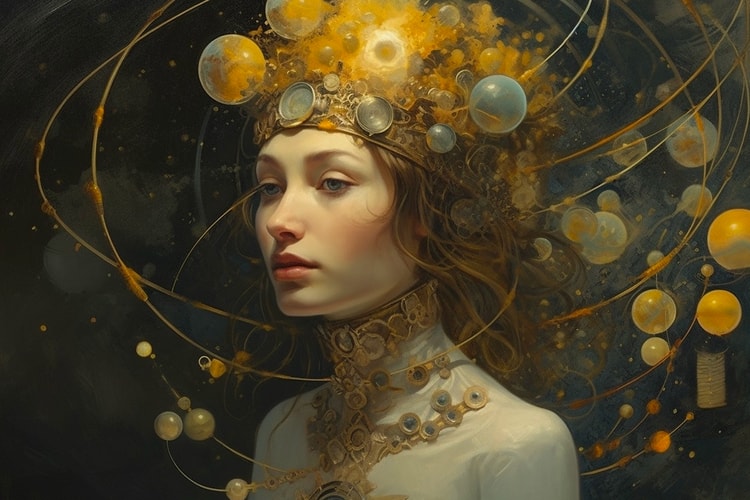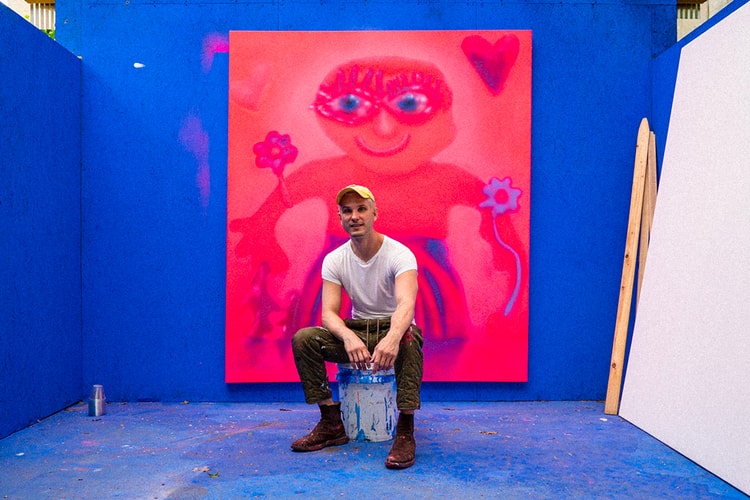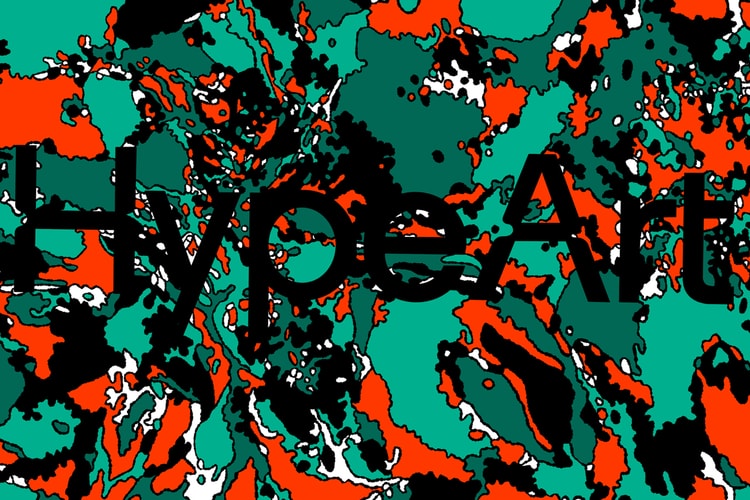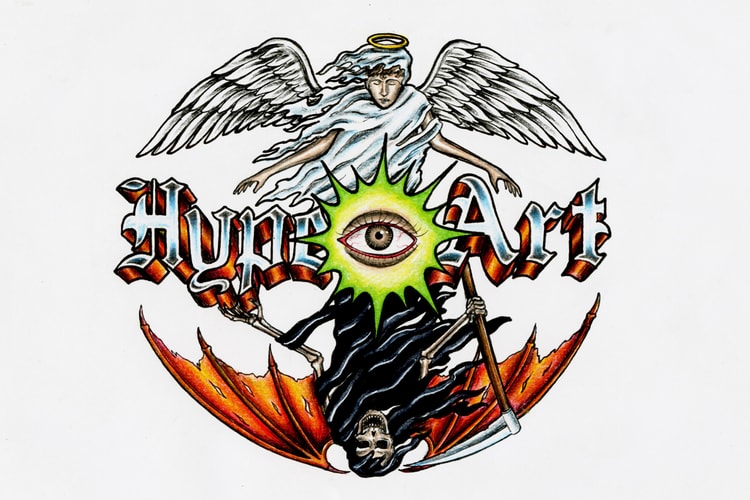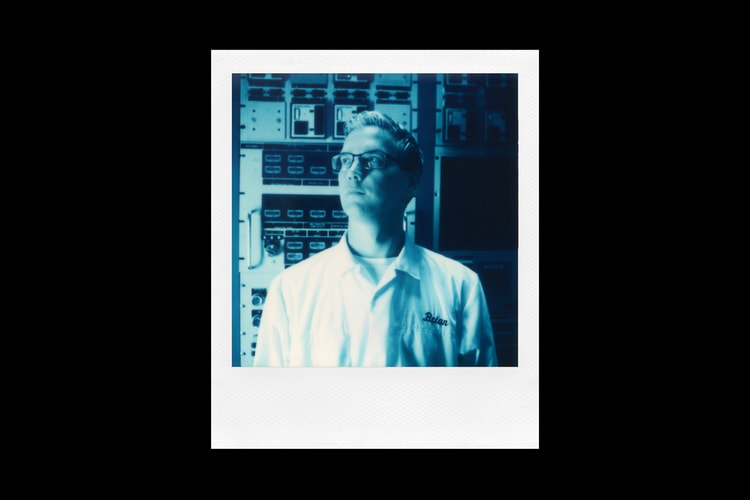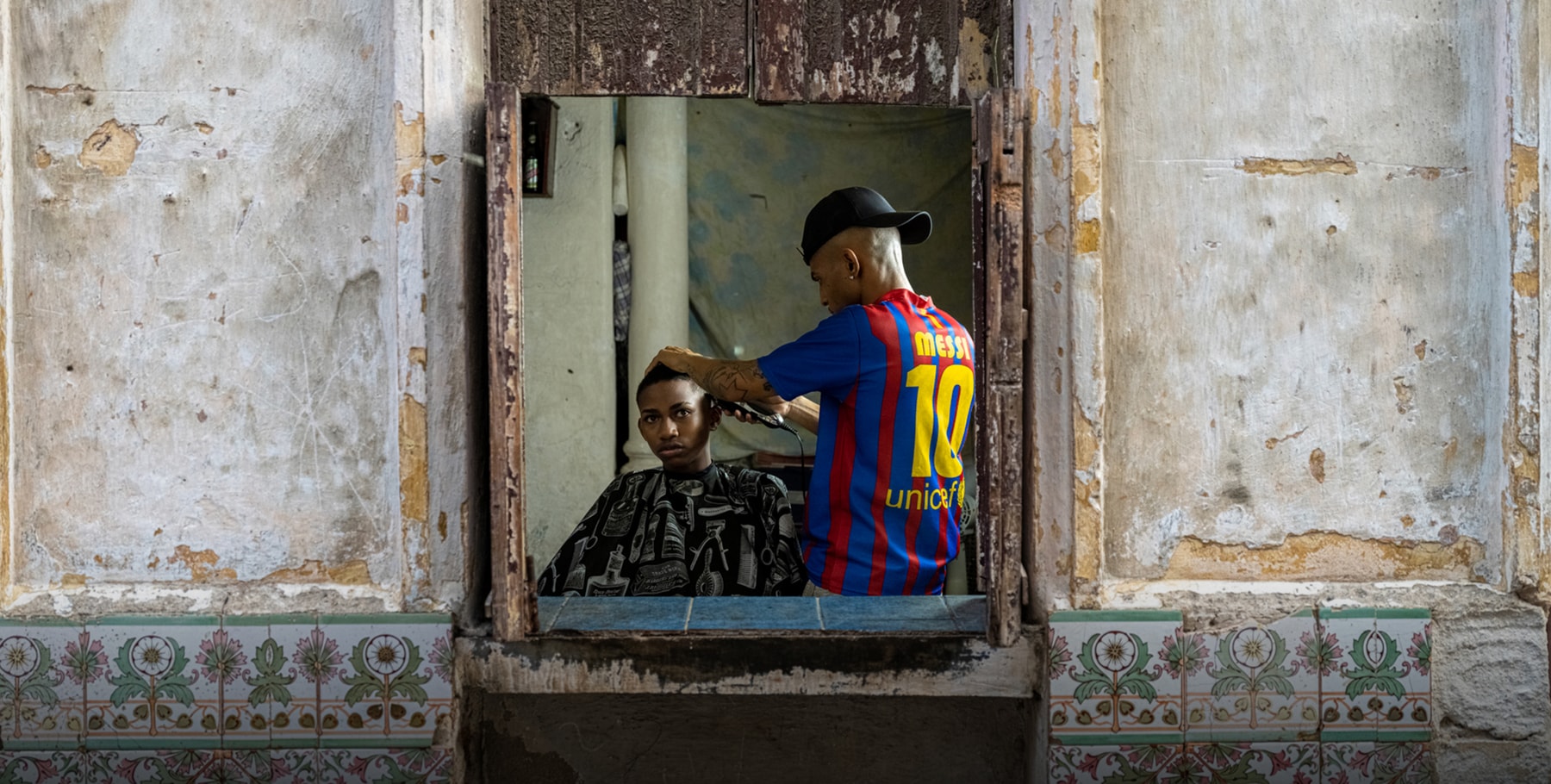

Daniel Malikyar is an Afghan-American photographer and filmmaker who brings a humanist touch to each subject he documents. Whether an unassuming street scene in Cuba or South Sudan or portraiture of larger-than-life celebrities in Drake or Lil Yachty — there is an air of warmth and familiarity in the way he approaches photography.
As the youngest member to join the Fujifilm X roster, Malikyar has traveled all around the world, surrendering himself to ‘chance encounters’, as he describes it, to find the story that lurks around every corner. In 2017, he co-founded the production company, MGX CREATIVE, and has since worked on a number of global branded campaigns, including projects with adidas, PUMA, Mercedes-Benz, Fujifilm and Sony, along with a recent book with TASCHEN on the history of hip hop jewelry.
Additionally, Malikyar is also the cofounder of Santo art gallery in Los Angeles and has been recognized for his work at the ADDY awards, along with nominations at the MTV VMA’s and Tribeca Film Festival.
For the latest Through the Lens, Hypeart caught up with Malikyar to learn more about his practice and how to surrender yourself to the moment.
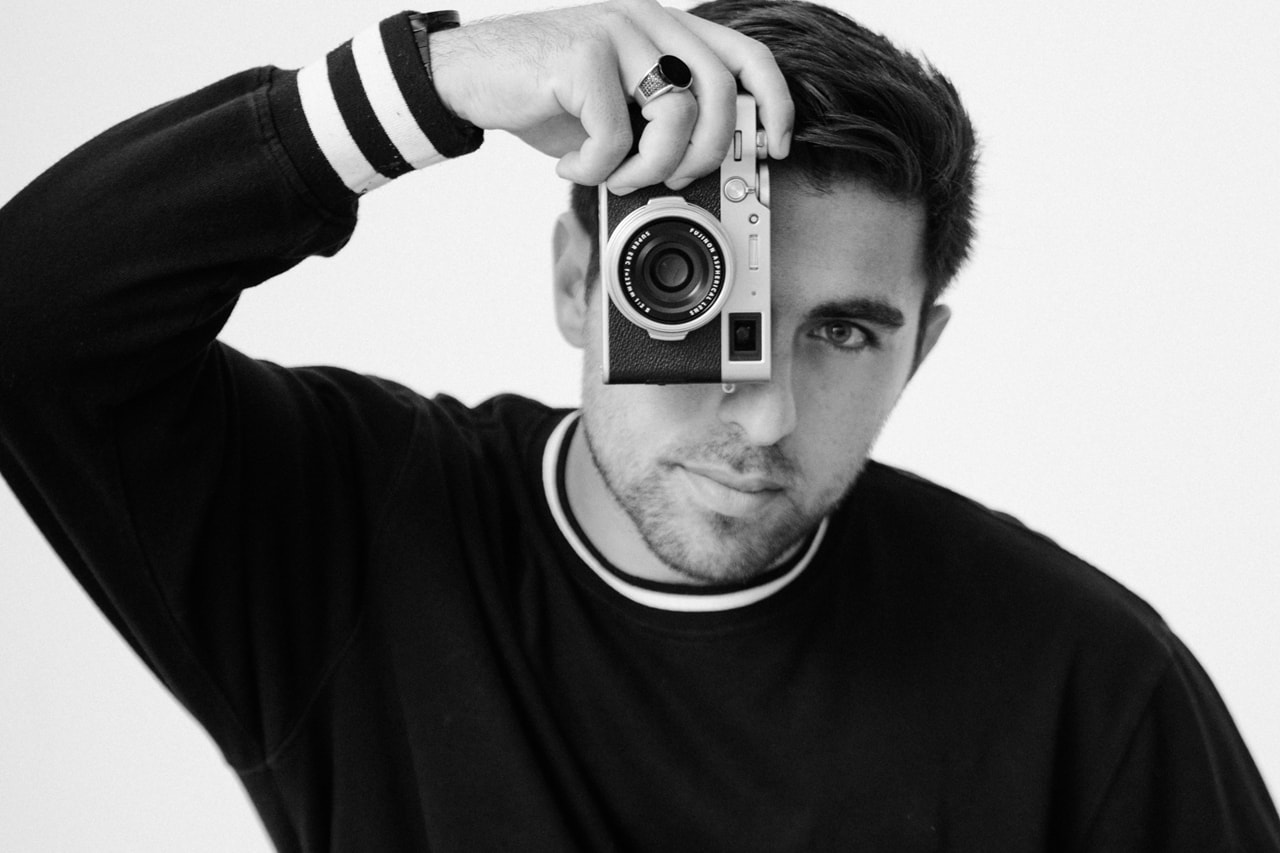
If you were to go back to your childhood, how do you think you developed into the photographer you are today?
Subconsciously, I always knew I wanted to pursue this career in photography and film, but I didn’t really know it was a reality because I didn’t have a reference point for it. I just kept at it since I was a little kid, always documenting my world, from the things that interested me and figured out how to create opportunities for myself.
Fast forward, when I was 19, I became the youngest Fujifilm X photographer in the world. When that happened, it was real.
So you’ve been behind the camera since you were a kid?
Yeah, ever since I was a little kid. My family’s originally from Afghanistan and my grandpa was a journalist. He was so passionate about the importance of showcasing our culture in a positive light. He would show me these pictures that were so different from what I was seeing in the media. That got me fascinated with the concept of being behind the lens as early as six or seven years old. From then onwards, I always had a camera on me and was exploring what it meant to document the world around you.
“We’re all so interconnected.”
Can you recount the experience of growing up in America as a member of the Afghani diaspora and are there any themes or misconceptions about your cultural heritage that you’d like to address?
When I was growing up in LA specifically, it’s so diverse and I was exposed to all these different cultures. When people hear that my family is from Afghanistan, all they thought of was war, violence and negativity. But when would go home, I would hear the beautiful stories of our culture — the music, textures, colors, the Steve McCurry portrait books — and gaining a lens into that world. So I had this weird juxtaposition as a kid of what my identity really was. Because when I was out in the world, it was one thing, but when I came home, it was another. That kind of sparked the curiosity for this idea of what it meant to be different and what really fuels my approach to photography.
I’ve been able to travel to around 50 countries now in pursuit, initially, of what it meant to be different. But then what I realized with each culture is that there are nuances inspired by the environment, your surroundings and culture, but we’re all so interconnected.
There is always a fear of the ‘other’, regardless of background. When did you first start your production company and can you talk about the projects your team works on?
I started my production company MGX CREATIVE with my business partner Karam Gill back in 2017. We established it as this space to use pop culture as an entry point to explore larger societal themes, primarily through documentary storytelling and through this youth cultural lens.
Gear-wise, what’s your setup?
The Fujifilm GFX 100S medium format has been my go to and I’ve been exclusively shooting with Fujifim cameras for about eight years now on the stills front.
You capture so many larger-than-life figures, most notably all the rappers. But then you balance it with documentarian photographs of countries from developing countries, such as Cuba or various regions across the Middle East. Throughout both, there is a humanist touch that resonates across your work. How would you describe your approach?
It’s basically just a method for human connection. Photography has just been this tool to expose myself to so many different people and cultures.
What have been the wildest projects you’ve worked on or people you’ve photographed?
One of my favorite projects was in Brazil, in the favelas in Rio. I worked on a short documentary and photography series chronicling the importance of street soccer to the country and how soccer is this unifying bond that ties the nation together, regardless of socio-economic background and status.
The reason it was so special was it blended the worlds that mean the most to me — soccer, photography and film — and I was able to make lifelong friends in Rio in the process. A lot of the locations I got access to were in environments where I actually jumped on the court, played with the locals and got the co-sign and respect to shoot. Those experiences are so special to me, because I know that other people probably wouldn’t be able to access these types of spots.
“As soon as you can build that bond in those initial seconds, that’s where the magic happens.”
What would you say has been the most fulfilling project for you?
That’s a good question. I think the most fulfilling project for me was a documentary photography series in Afghanistan, that I went out for independently called Resilience. The whole purpose of that project was to document the beauty of daily life in Afghanistan that was different than what you know or see in the media.
There’s just a resilience in the fabric of the culture and one of my favorite photos that I’ve ever made was in the streets of Kabul, where I saw this balloon seller who had one leg and was riding his donkey. He got off on the side of the road and had a little megaphone and was announcing that he was selling balloons. So I pulled over in the car, found the perfect composition and two seconds later, this kid came up to him and made a sale. It’s against this very stark backdrop of dirt roads and to me, this image symbolizes hope.
That project was something I’ve always wanted to do since I was a little kid and I was finally able to do it back in 2018.
That scene sounds like it was from a movie and brings up the whole idea of ‘art imitates life and life imitates art.’ When you think on photography, there is the photorealist aspect of the medium or capturing an ‘absolute truth,’ and there is also the creative means to straddle the lines between fiction and reality.
You’ve stated in the past, that the most exciting images to make are the ones that can never be replicated. Can you explain that further?
I like to call those scenes ‘chance encounters.’ I think what makes photography so special, is that there is this blend of you’re half there witnessing a scene and there to document it, but also have to surrender to a lot of the subject matter and what’s unfolding in front of you. You don’t have control over it and if you’re there in that moment in time, it’s all out like a God moment happens and you’re able to capture it. That’s the most fulfilling feeling in the world to me.
There are all sorts of genres of image-making where you’re able to control certain scenes, but when you’re out in the world and you’re documenting the reality of daily life, there’s just a split second that happens that you can never otherwise replicate. Those are the moments that I live for.
In the age of Instagram, everyone is looking for that very same image or situation to happen. What are your tips for an aspiring photographer and filmmaker of getting in that mode of capturing those types of chance encounters?
Rewinding a bit to my early days, a lot of what I was documenting during my teenage years coming up was with skate culture in LA. A lot of what I learned from that was there’s no better time than now to capture the moment because you get the trick or you don’t, it’s gone in a split second. So I was very in tune with being ready. The second aspect was being willing to take risks, because a lot of the locations that we were going to, we weren’t necessarily supposed to be there.
Those core principles still exist in the same way of you have to be willing to take risks, think outside the box and expand beyond your comfort zone. If you’re working on a project with high profile artists, for example, you can feel their stay power when they walk into a room. The reality is, most people are probably going to be very shy. I feel out the situation and introduce myself to catch a vibe, crack a joke and do whatever that needs to happen to almost break that initial barrier and build that bond.
This idea applies both with the highest profile humans in the world and everyday people in the street. As soon as you can build that bond in those initial seconds, that’s where the magic happens.
All photographs courtesy of Daniel Malikyar for Hypeart.







